France is one of the world’s top tourist destinations and it’s not hard to understand why. There is something for everyone – amazing beaches, fine historic monuments, beautiful cities, famous museums, bustling nightclubs, idyllic countryside, magnificent castles and chateaux, great cathedrals, sparkling rivers, and epic mountain ranges. Below are some of the best chateaux to visit in the Loire Valley region – a UNESCO World Heritage site some 2 hours southwest of Paris along the central section of the Loire River.
The chateaux of this region number over 300 and range from fortified castles to breathtaking residences. The chateaux and their surrounding gardens are cultural monuments that embody the ideals of the Renaissance and Enlightenment. Most of them were built on top of hills, and many had beautiful churches within the chateau or on the grounds.
During the French Revolution many of the great chateaux were destroyed or ransacked. Today, those that remain serve as homes or museums, some operate as hotels or bed and breakfasts, while others have been taken over by local governments and are major tourist sites attracting thousands of visitors every year.
Chambord
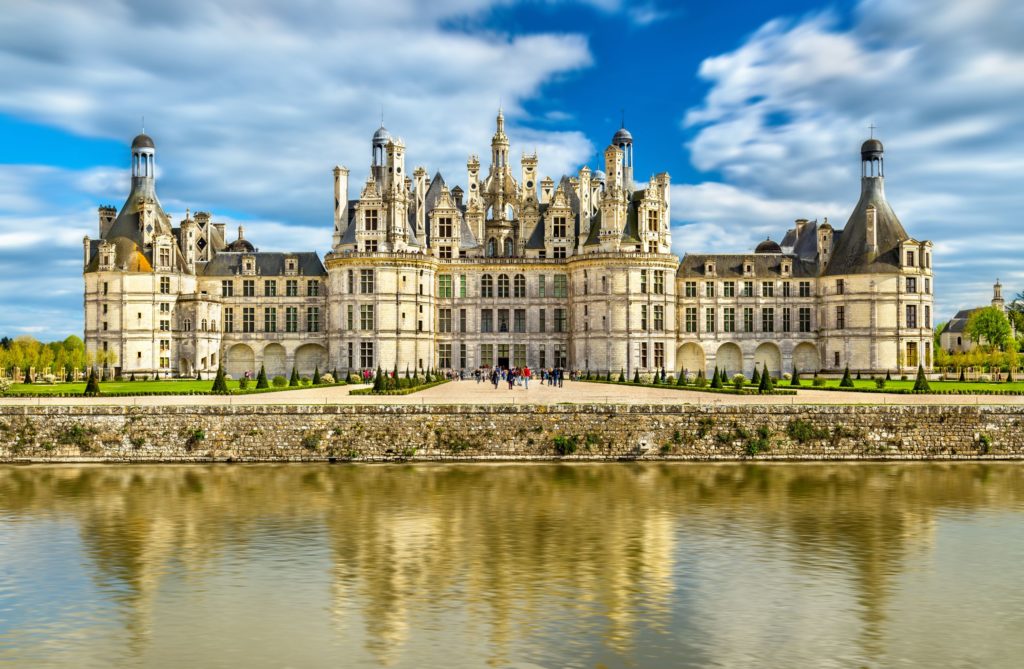
Largely considered the most magnificent of the Chateaux, Chambord rivals Versailles in all its wonderful grandeur. Chambord was born from the dreams of Francois I who had an abiding love of Italian architecture. Construction began in 1519 and concluded some 20 years later. It has a perfect Renaissance façade framed with fairytale towers and boasts a double spiral staircase – designed so one person can ascend while another descends without ever meeting. It was never lived in by Francois I – he used it as his “hunting lodge” and only stayed there during hunting season – as did various French Kings that came after him.
Chenonceau
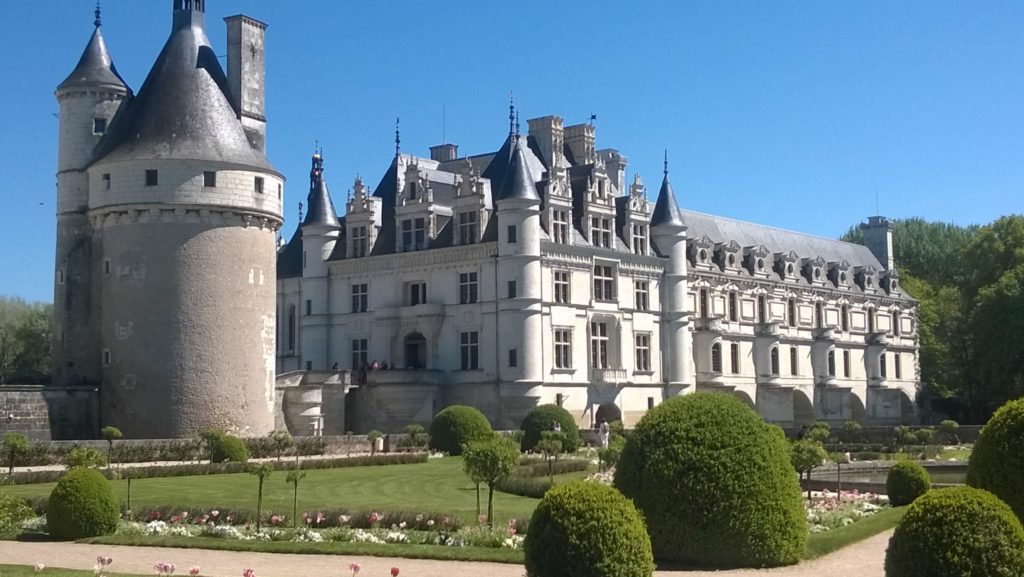
Built across the river Cher, Chenonceau is known as the “Ladies’ Chateau” due to the many women who lived there and contributed to its architecture and design of the gardens. Originally built by Katherine Briconnet, its history began in 1547 when Henri II purchased it for his mistress, Diane de Poitiers. When Henri died in a jousting tournament in 1559, his wife (and arch-rival of Diane) Catherine de Medicis forced Diane to exchange her beloved Chenonceau for Chateau Chaumont. Catherine then got to work changing and adding to Chenonceau – in particular building the two-story gallery on the bridge which reminded her of the bridges in her native Florence. Catherine later bequeathed Chenonceau to her daughter-in-law, Louise de Lorraine, wife of Henry III. Chenonceau’s interior is exquisite, with Gobelin tapestries and paintings by masters like Poussin and Rubens adorning the apartment of Louis XIV, the Room of the Five Queens, and the grand gallery overlooking the river, Cher.
Chaumont-sur-Loire – The Best Chateaux to Visit in the Loire Valley, France
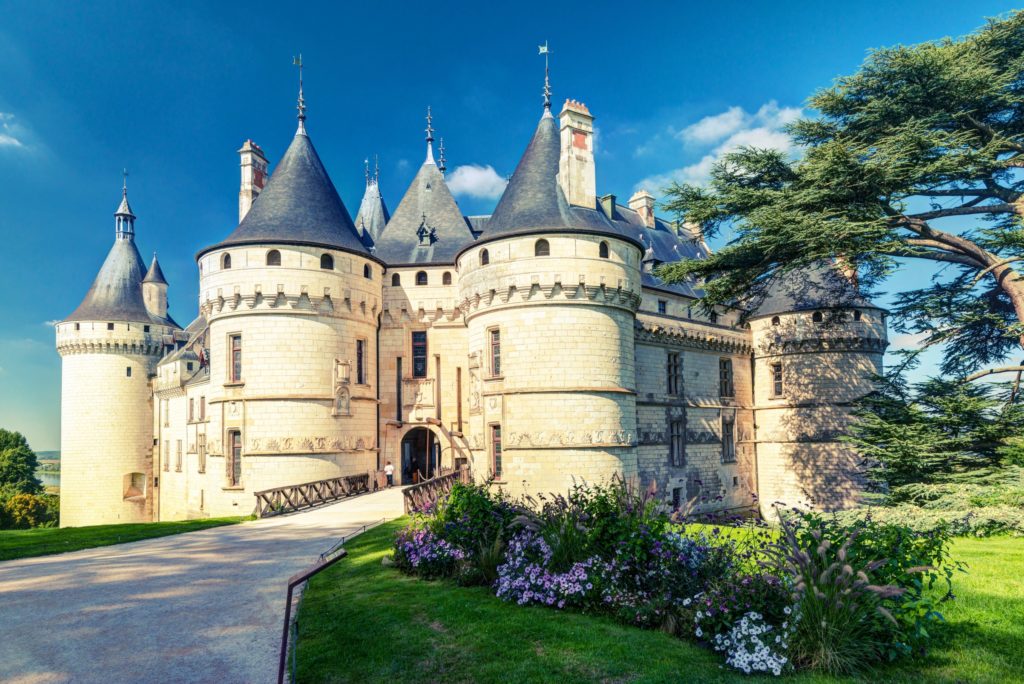
Known for its white stone, Chaumont was built up on a hill overlooking the Loire Valley. It is famous mainly for two things: 1. It was a scene for intrigue and backstabbing in the 1560s when Catherine de Medicis forced her husband’s mistress, Diane de Poitiers, to give her the more desirable Chenonceau in exchange for the more modest Chaumont; and 2. Its annual, summer-long Garden Festival which runs from April to October. This is a huge international affair with gardens designed by landscapers and professionals from around the world, and each year provides new inspiration for anyone interested in the subject.
Amboise
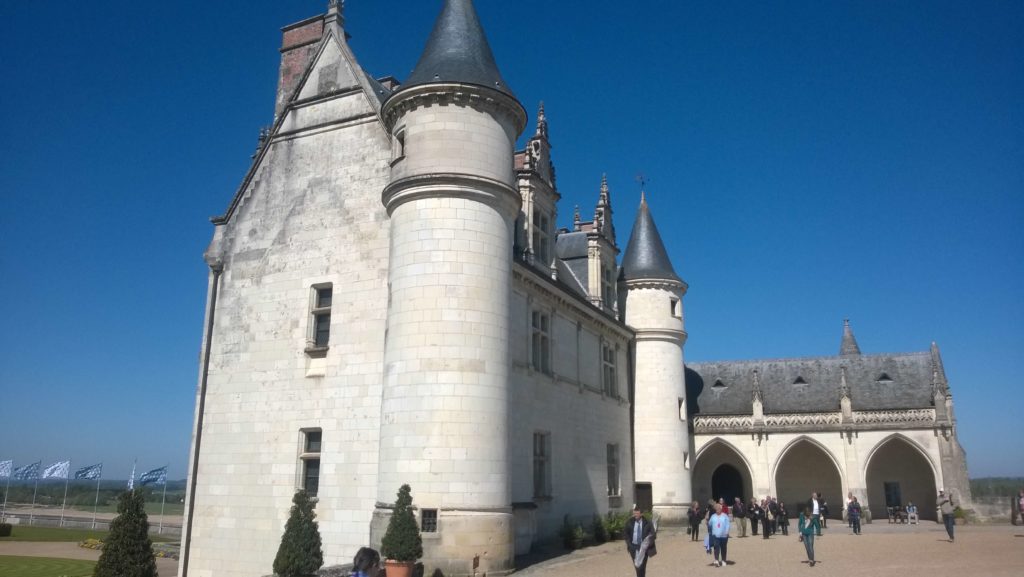
Built around the year 1000 to keep watch over the border between the counties of Blois and Anjou, this chateau was owned by the Amboise family for some 500 years. It was Charles II d’Amboise who turned it into a Renaissance-style building with its ornamental, sculpted decoration which became a major feature of the exterior façade. In 1434 it was seized by Charles VII of France after Louis d’Amboise was convicted of plotting against Louis XI. It was during this time that the chateau became a favorite of French kings from Louis XI to Francis I. As a guest of King Francis I, Leonardo da Vinci came to Amboise and lived and worked at nearby Clos-Luce, connected to the chateau by an underground passage. Leonardo da Vinci died in 1519 and is believed to be buried at the Chapel of Saint Hubert located on the grounds of Chateau Amboise.
Chateau de Clos-Luce
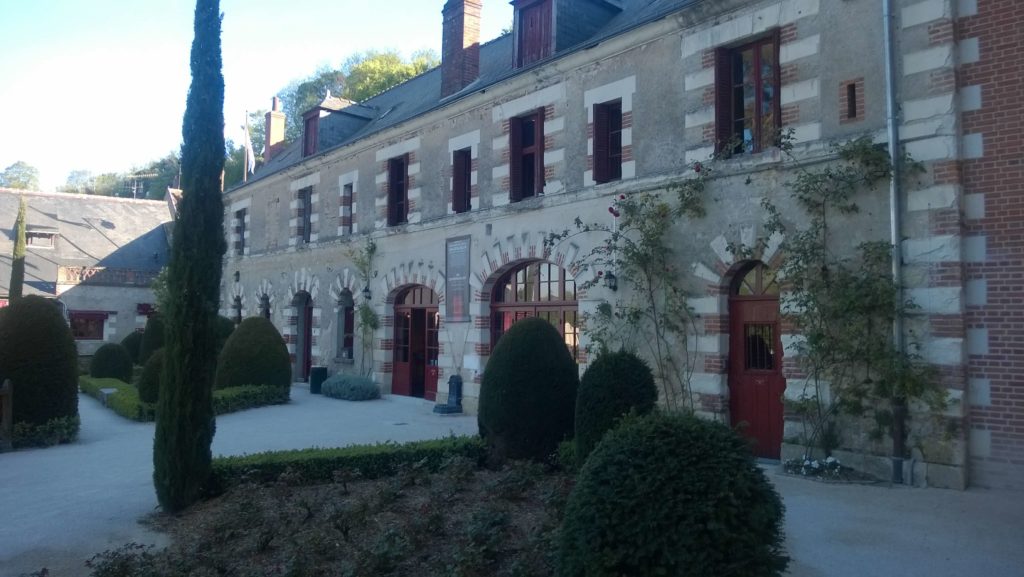
One of the smaller but most interesting of the Loire Valley chateaux, Clos-Luce was the home of the great Italian genius Leonardo da Vinci for the last years of his life. Originally built in the 1470s, Leonardo came to live here in 1516 and stayed until his death in 1519. Inside, visit his bedroom, the kitchen, his study and the chapel with its walls covered in frescoes painted by his students. Forty of the extraordinary machines Leonardo invented – from the first airplane to a helicopter – have been recreated in the model room, illustrating his amazing engineering skills. The relatively modest building and grounds don’t match the splendor of the main Loire Valley chateaux, but it is charming and delightfully domestic – as well as a treasure trove of interesting details and artifacts from da Vinci’s life.
Chinon – The Best Chateaux to Visit in the Loire Valley, France
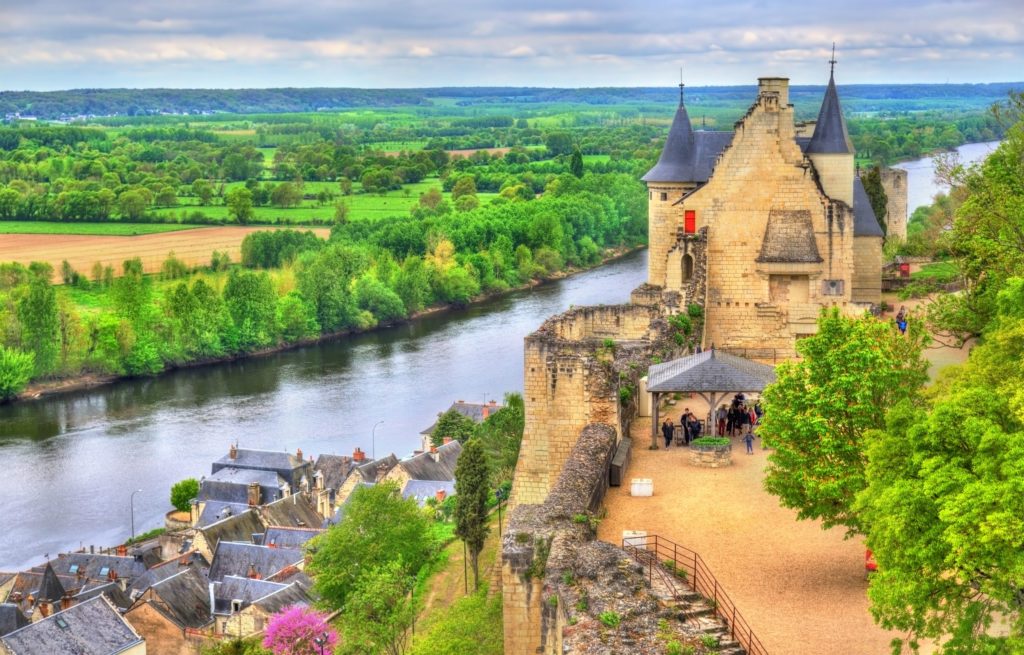
One of the oldest fortified chateaux in France, Chinon was a vital strategic site during the Middle Ages and an imposing structure with defensive towers and walls that circled the vast castle and grounds. Today its ruins have been partially restored, and a contemporary building houses a museum that tells the story of Joan of Arc’s visit here in 1429 to plead with the Dauphin, later Charles III, to provide her with an army to fight the French who were besieging Orleans. The delightful nearby town of Chinon is filled with medieval houses lining the quaint streets. The town has a special place in English history – at No. 44 Rue Voltaire, Richard the Lionheart died in 1199 from a wound suffered during the Hundred Years’ War in Limousin.
Chateau D’Usse
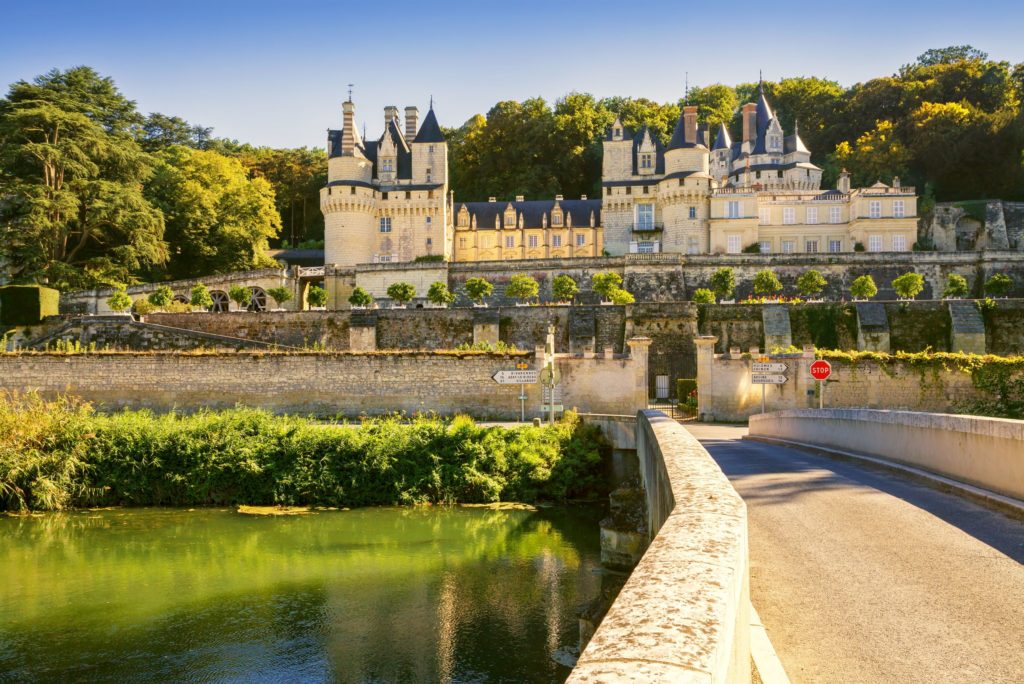
This breathtaking chateau overlooks the Indie and Loire Rivers and is the inspiration for the castle in writer Charles Perrault’s fairy tale “Sleeping Beauty.” It was originally built as a stronghold in the Middle Ages but developed over time to become a jewel of Renaissance architecture, then later became a beautiful residential home in the 17th and 18th centuries.
Sully-sur-Loire
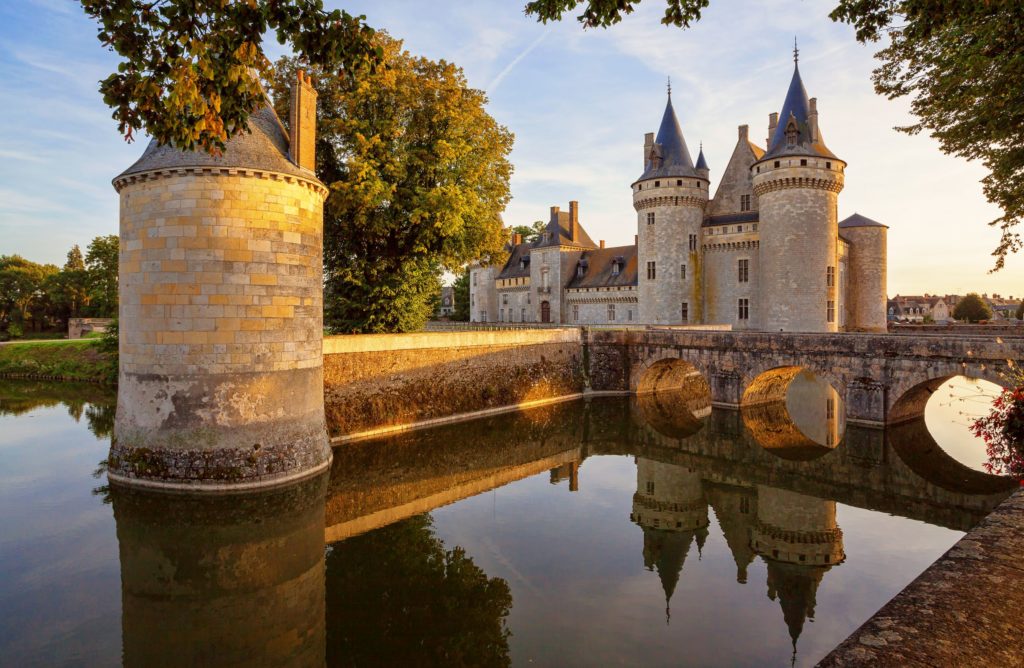
Located at the eastern end of the Loire Valley, Sully is not one of the best-known chateaus but it’s one of the most charming. The original medieval fortress built in the 14th century stands in a moat that reflects the white stone building. The chateau was originally designed by the architect of the Louvre and Vincennes – Pierre Lescot – then bought by Maximilien de Bethune who became Duke of Sully in 1602. He restored and expanded the existing building which stayed in his family until 1962. Tour highlights of the chateau include the grand apartments of the Duke of Sully; the tomb room where the Duke and his wife rest; the huge staircase; the main bedchamber in Louis XIV style; and other rooms with ornate ceilings and fireplaces, tapestries, and paintings.
Villandry – The Best Chateaux to Visit in the Loire Valley, France
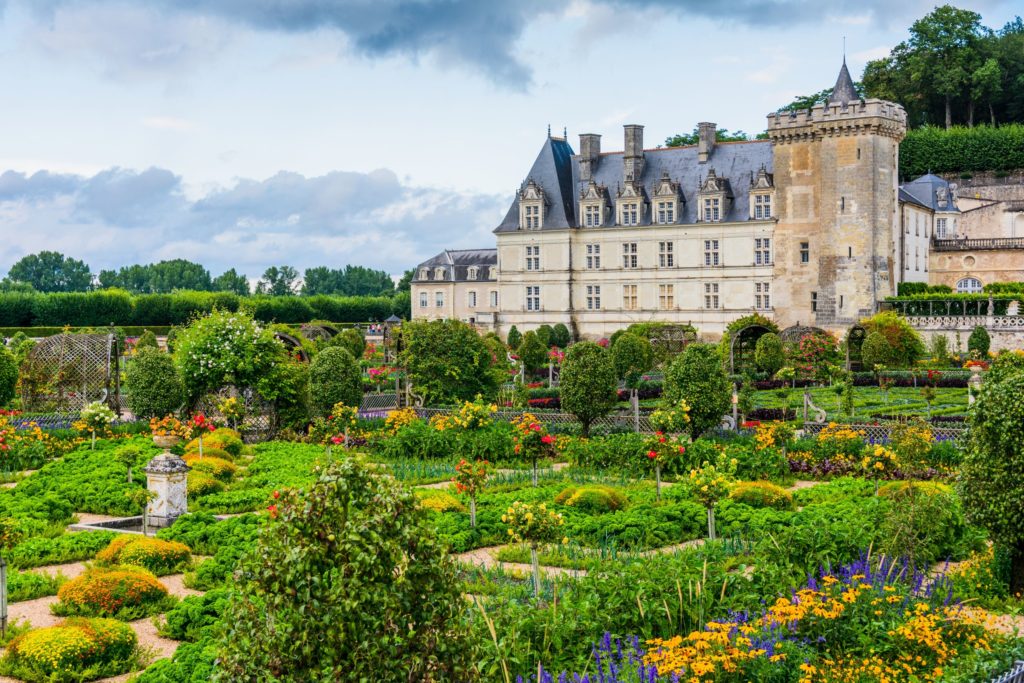
This chateau is widely known for its beautiful gardens. It was built in the early 16th century on lands where an ancient fortress once stood. That original 14th century keep was where King Philip II of France once met Richard I of England to discuss peace between the two countries. The chateau was built and owned by the Le Breton family for more than two centuries, but during the French Revolution the property was confiscated and in the early 19th century, Emperor Napoleon acquired it for his brother, Jerome Bonaparte. In 1906, Joachim Carvallo purchased the chateau and extensive time, and money were devoted to repairing the structure and creating the extraordinary gardens – which include vegetable gardens, a water garden, and ornamental flower gardens. These gardens are laid out in formal patterns created with low box hedges. Like all the other chateaux of the Loire Valley, the property is a treasured World Heritage Site.

